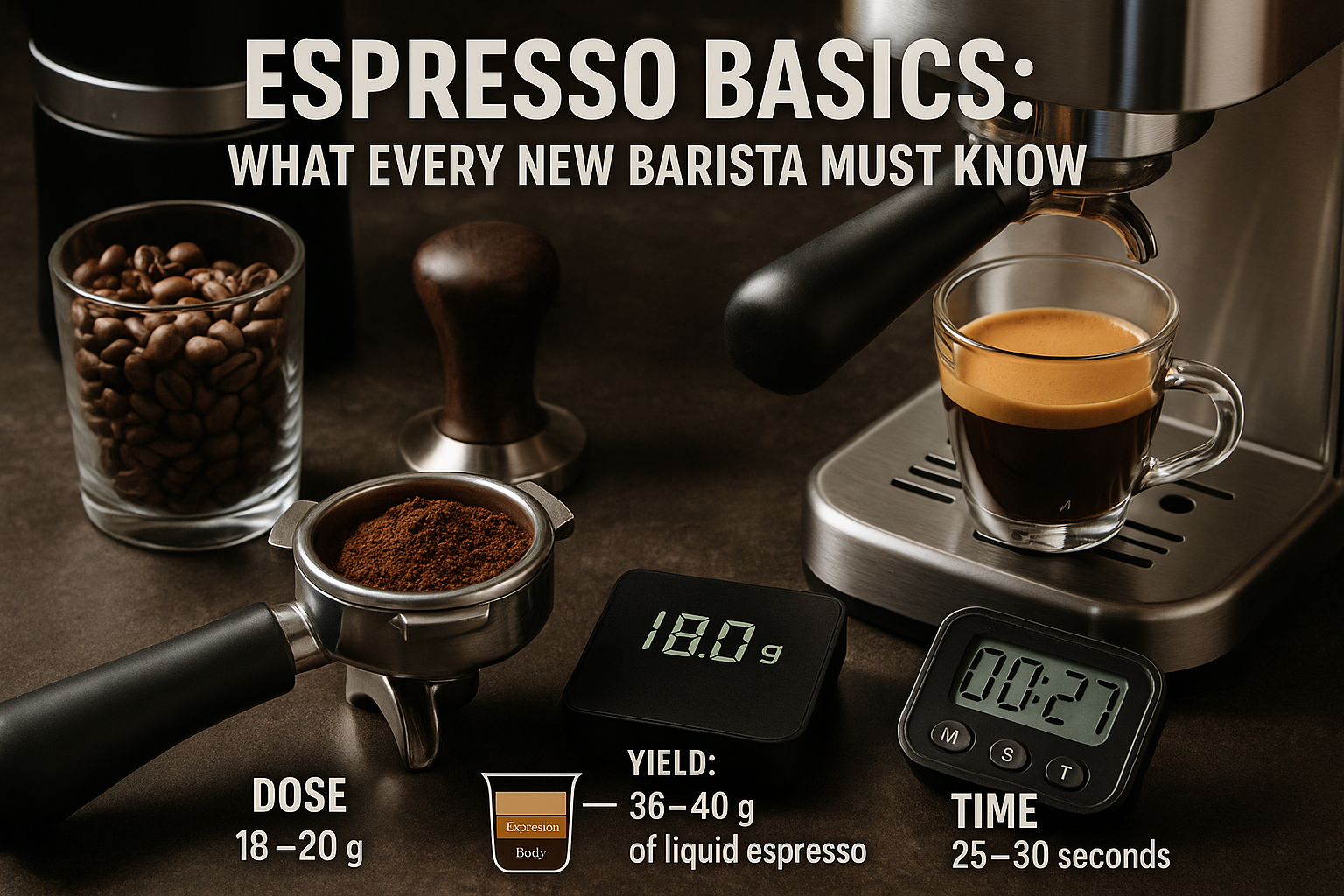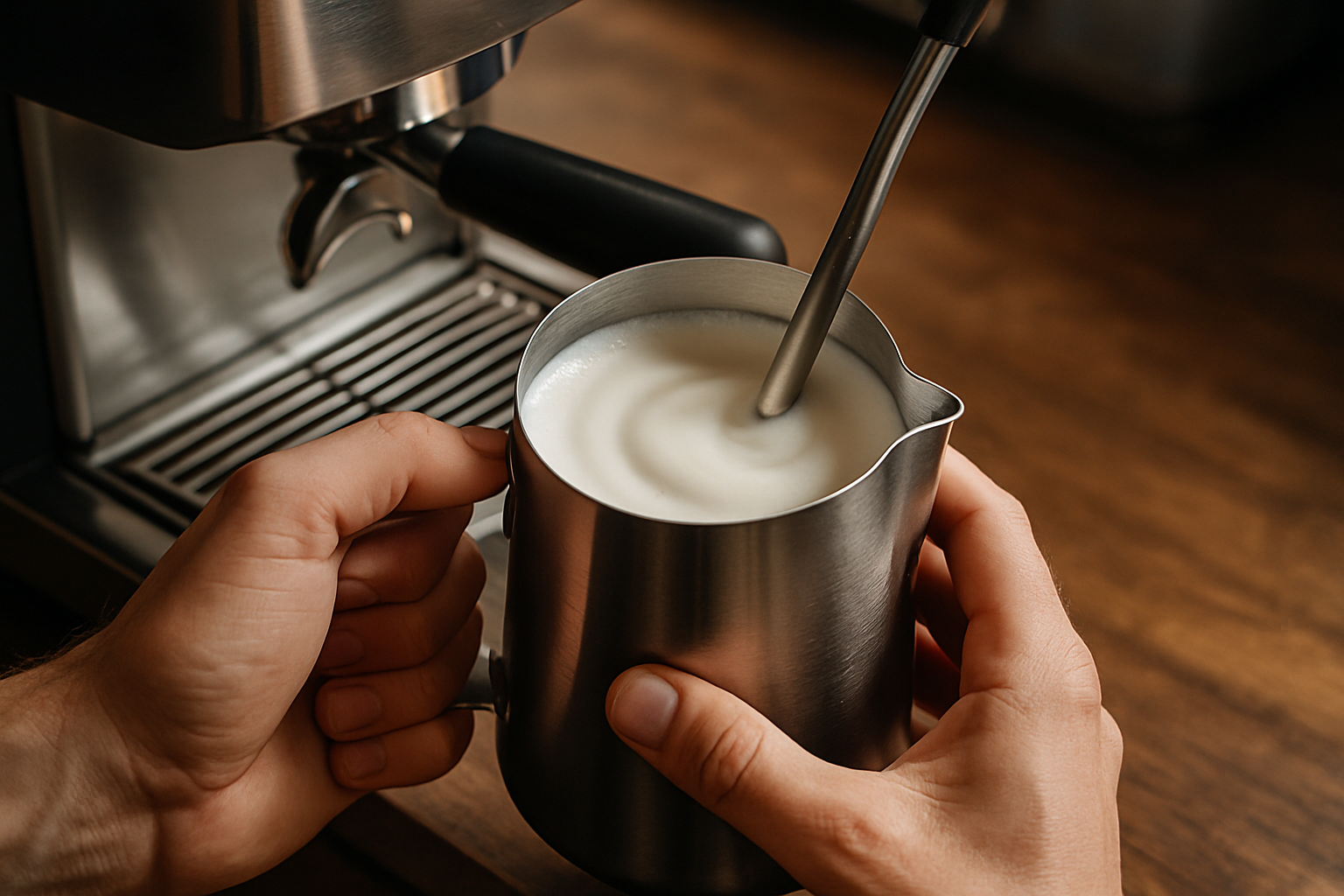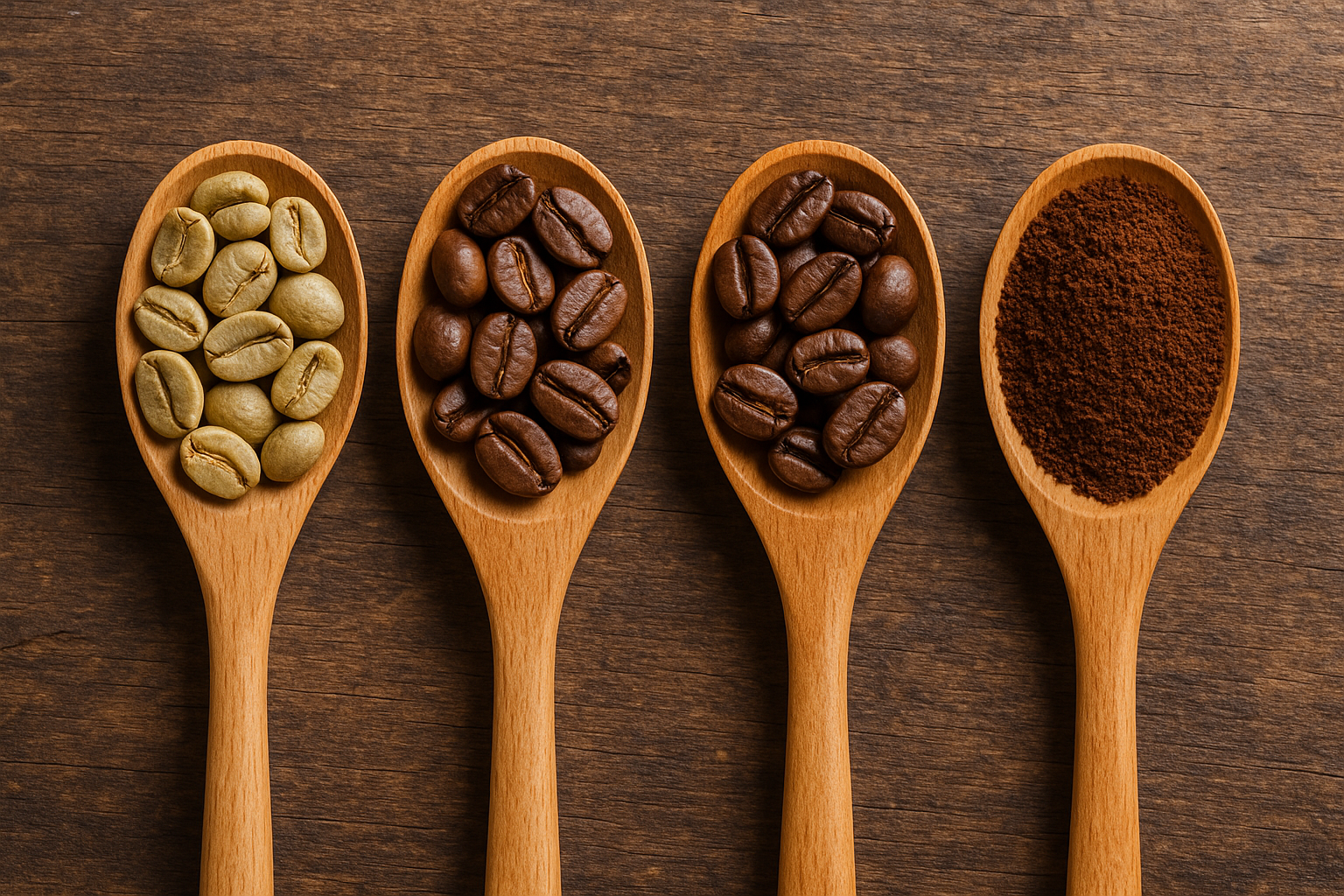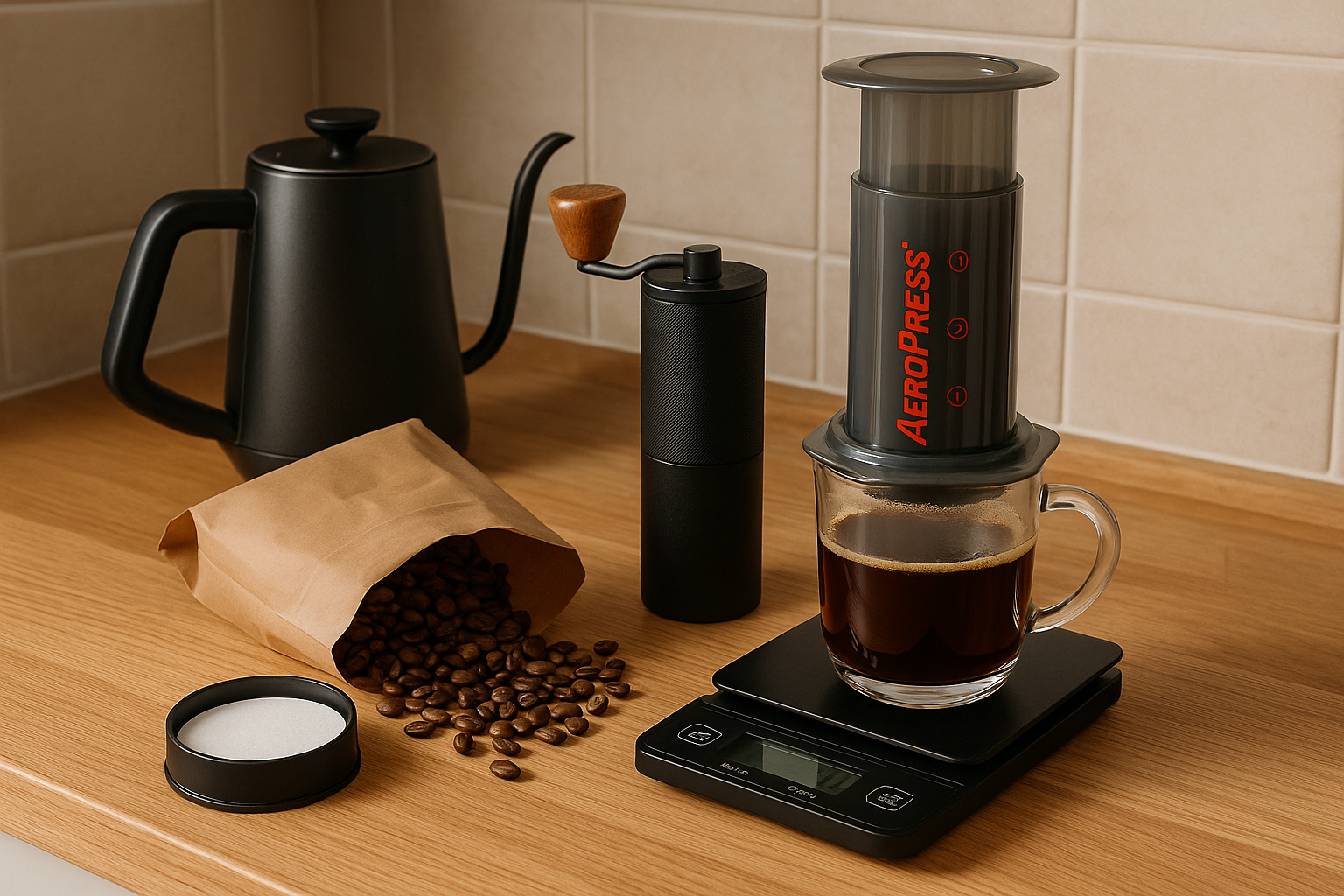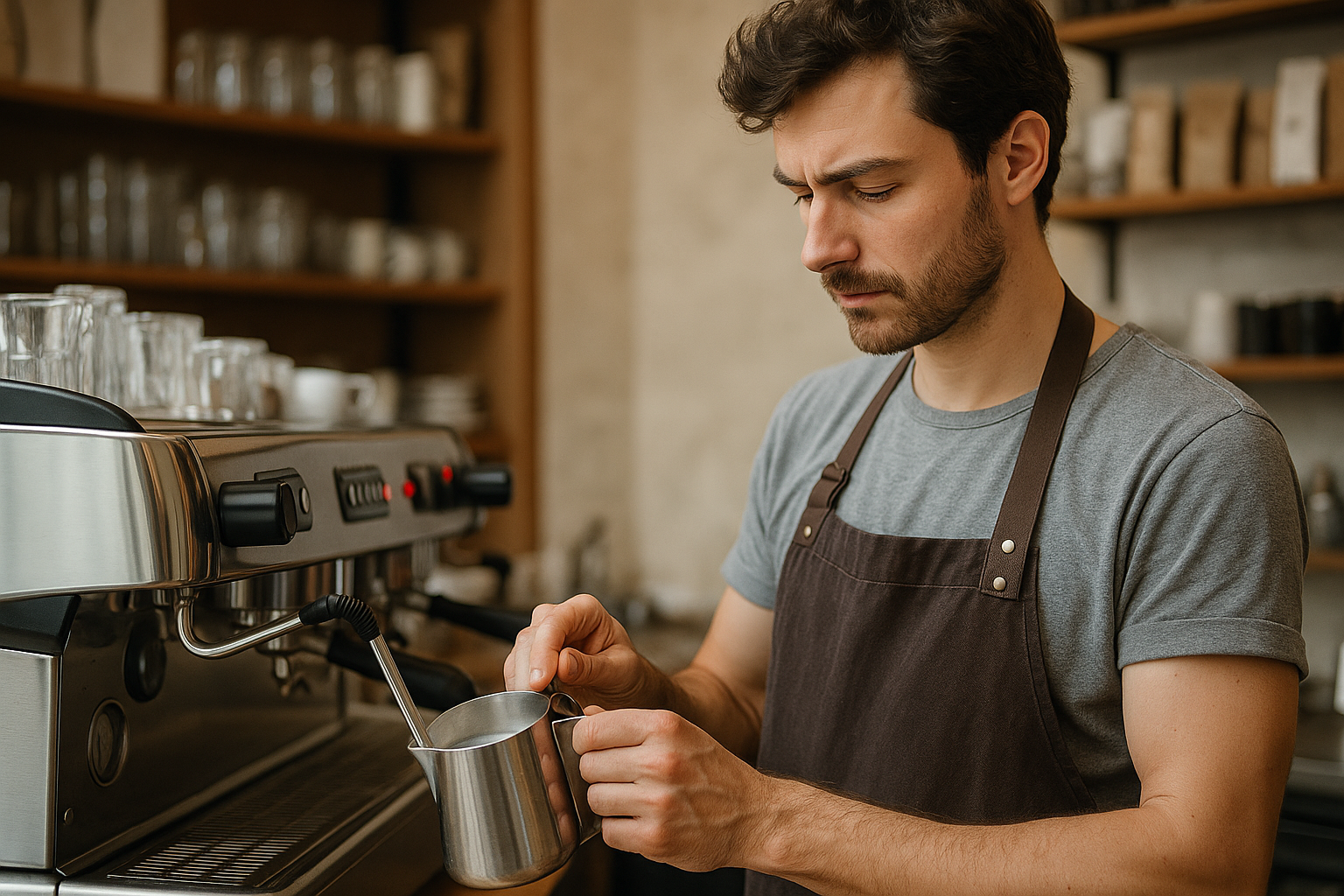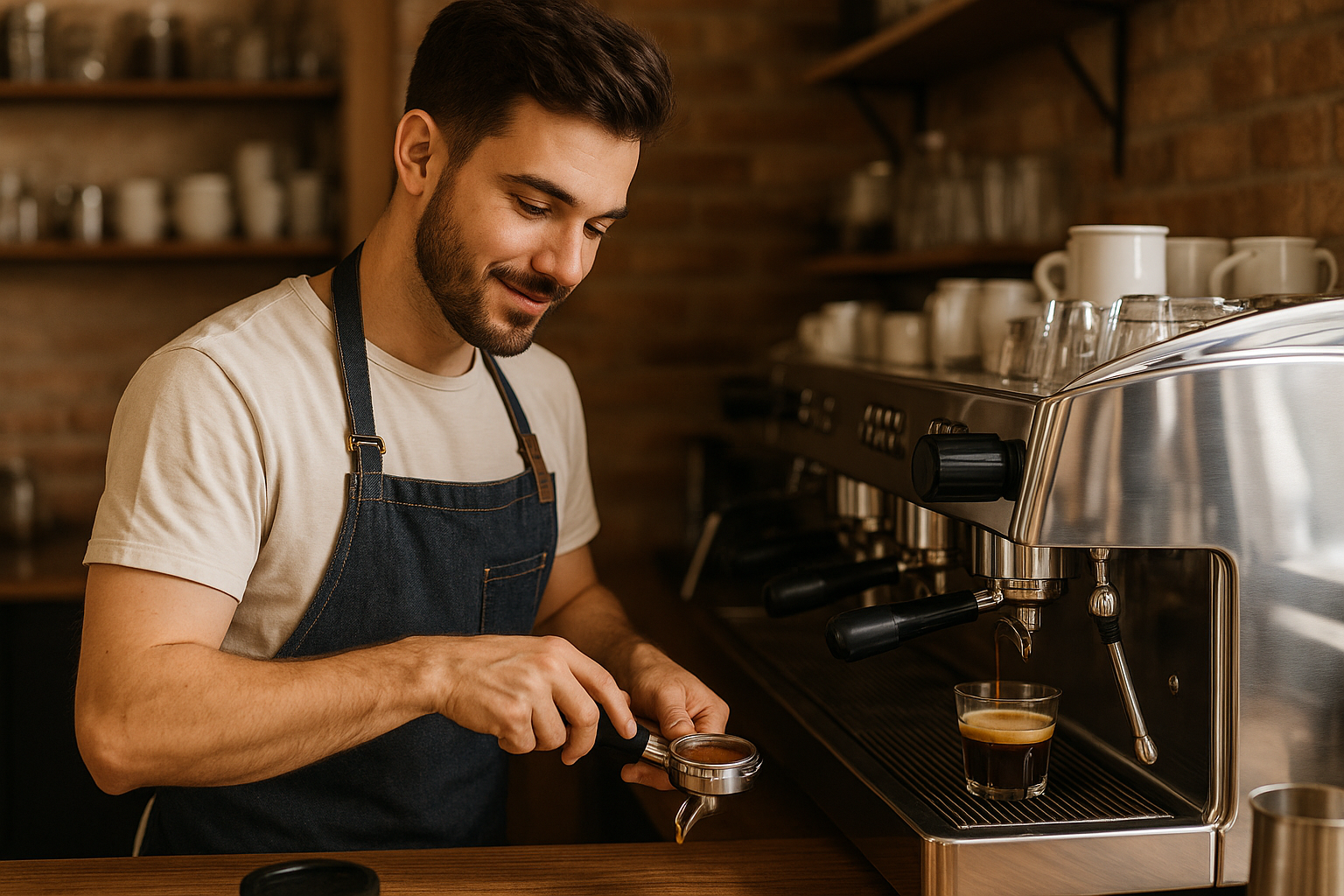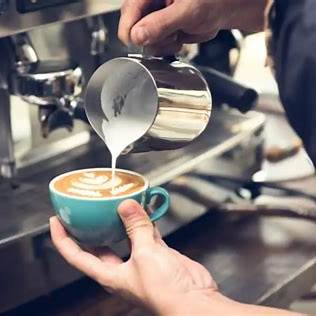Coffee lovers often encounter terms like Arabica and Robusta, but what do these classifications mean? Understanding the different types of coffee beans enhances your appreciation for each cup and helps you make informed decisions when purchasing coffee. In this article, we’ll explore the main types of coffee beans, their characteristics, origins, and how they affect the taste of your brew.
The Four Primary Types of Coffee Beans
While there are over 120 species of coffee plants, only four are commercially significant: Arabica, Robusta, Liberica, and Excelsa. Each variety offers unique flavor profiles, growing conditions, and cultivation challenges.
1. Coffea Arabica (Arabica)
Arabica is the most popular and widely consumed coffee species, accounting for approximately 60-70% of global coffee production.
Key Characteristics:
- Flavor: Smooth, sweet, and often characterized by notes of fruit, sugar, and chocolate.
- Acidity: Higher than other varieties, contributing to a vibrant and complex cup.
- Caffeine Content: Lower compared to Robusta, around 1.2% to 1.5%.
- Bean Shape: Oval with a curved crease.
Origin and Cultivation:
Native to Ethiopia, Arabica thrives in high-altitude regions with mild temperatures and ample rainfall. Major producers include Brazil, Colombia, Ethiopia, and Central American countries. Arabica plants are sensitive to pests and diseases, requiring careful cultivation and maintenance.
2. Coffea Canephora (Robusta)
Robusta accounts for about 30-40% of global coffee production and is known for its strong, bold flavor.
Key Characteristics:
- Flavor: Earthy, bitter, and often described as having a grain-like or nutty taste.
- Acidity: Lower than Arabica, with a heavier body.
- Caffeine Content: Higher, ranging from 2% to 2.7%.
- Bean Shape: Rounder with a straight crease.
Origin and Cultivation:
Originally from sub-Saharan Africa, Robusta is primarily cultivated in Vietnam, Brazil, and parts of Africa and Indonesia. Its resilience to pests and diseases makes it easier and more cost-effective to grow, especially in lower altitudes and warmer climates.
3. Coffea Liberica (Liberica)
Liberica is less common but highly prized in certain regions for its distinctive flavor.
Key Characteristics:
- Flavor: Smoky, floral, and woody, with a unique aromatic profile.
- Acidity: Moderate, with a full-bodied texture.
- Caffeine Content: Comparable to Arabica.
- Bean Shape: Larger and asymmetrical, with a distinctive hook at one end.
Origin and Cultivation:
Native to Liberia in West Africa, Liberica is now cultivated in the Philippines, Malaysia, and Indonesia. It thrives in hot, humid climates and is appreciated for its rarity and complex flavor.
4. Coffea Excelsa (Excelsa)
Previously classified as a separate species but now considered a variant of Liberica, Excelsa represents a small portion of global coffee production.
Key Characteristics:
- Flavor: Tart, fruity, and sometimes described as wine-like or dark, with lingering notes.
- Acidity: High, contributing to its distinctive brightness.
- Caffeine Content: Lower to moderate.
- Bean Shape: Similar to Liberica, but slightly smaller.
Origin and Cultivation:
Excelsa grows in Southeast Asia, particularly in the Philippines and Vietnam, and is often used to add complexity and depth to coffee blends.
How Bean Types Affect Flavor
The type of coffee bean significantly influences the final taste of your cup. Here’s a comparison:
| Bean Type | Flavor Profile | Caffeine Content | Best Brewing Methods |
|---|---|---|---|
| Arabica | Sweet, fruity, complex | Low to moderate | Pour-over, Chemex, espresso |
| Robusta | Bitter, earthy, strong | High | Espresso, instant coffee |
| Liberica | Woody, floral, smoky | Moderate | French press, drip coffee |
| Excelsa | Tart, fruity, dark | Moderate | Blends, cold brew |
Choosing the Right Coffee Bean
When selecting coffee beans, consider your taste preferences and brewing method:
- For a smooth, nuanced cup: Choose high-quality Arabica beans.
- For a strong, intense flavor: Opt for Robusta or a Robusta blend.
- For something unique: Try Liberica or Excelsa if you can find them, as these are rarer and offer exotic flavor profiles.
Blends vs. Single-Origin
Many commercial coffees are blends of different bean types to achieve a balanced flavor, consistent quality, and cost efficiency. On the other hand, single-origin coffees come from one geographic area, offering distinct flavors that reflect the terroir of that region.
The Importance of Freshness and Roasting
Regardless of the bean type, freshness and roasting level are crucial to the quality of your coffee:
- Light Roast: Preserves more of the bean’s natural flavors, often used for Arabica.
- Medium Roast: Balances acidity and body, suitable for various beans.
- Dark Roast: Brings out smoky, bitter notes, often used for Robusta or blends.
Freshly ground beans make a significant difference in taste, so consider investing in a quality grinder.
Sustainable and Ethical Sourcing
Choosing coffee from sustainable and ethically responsible sources ensures better conditions for farmers and protects the environment. Look for certifications such as Fair Trade, Rainforest Alliance, or Organic to support responsible coffee production.
Final Thoughts: Celebrating Coffee Diversity
The world of coffee is as diverse as it is delicious. Whether you prefer the smooth sophistication of Arabica, the punchy strength of Robusta, or the rare allure of Liberica and Excelsa, understanding the differences empowers you to enjoy your coffee experience fully.
Next time you brew a cup, take a moment to appreciate the journey of those beans — from distant farms to your favorite mug.

